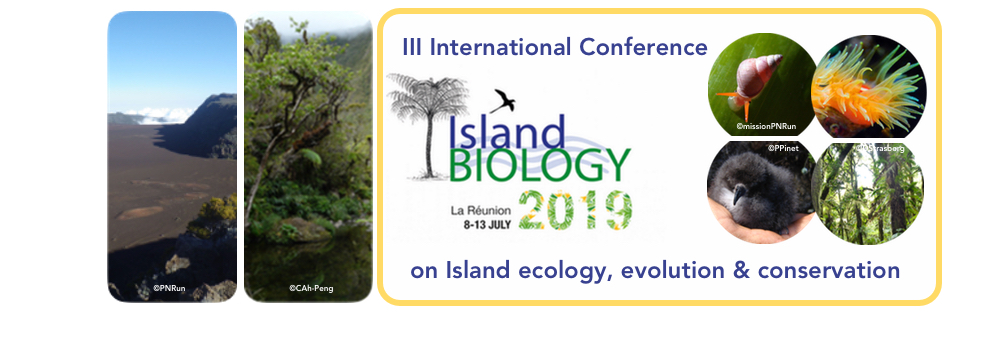Bats are recognized as major reservoir hosts of emerging infectious agents. Coronavirus (CoV) have been reported in a large diversity of bat species, worldwide, and have been responsible of major outbreaks in humans, including the Severe Acute Respiratory Syndrome and the Middle-East Respiratory Syndrome. The South Western Indian Ocean (SWIO) region is an ecological system ideal for the study of the ecology and evolution of zoonotic viruses. This region is composed of continental islands separated from the African continent tens of millions years ago and oceanic islands that arose from the ocean between 1 to 15 million years ago, from volcanic activity. This complex geological history has shaped the colonization patterns of bats and their infectious agents. The goal of this study was to (i) estimate the prevalence of CoVs infection in bats in the western Indian ocean (Mozambique, Madagascar, Mayotte, Mauritius, Reunion Island, and the Seychelles), (ii) explore the genetic diversity of SWIO bat CoVs and (iii) identify potential association between bat families and CoVs genotypes. Based on 1114 sampled bats representing 40 species of 9 families (Emballonuridae, Hipposideridae, Miniopteridae, Molossidae, Nycteridae, Pteropodidae, Rhinolophidae, Rhinonycteridae, Vespertillionidae), we performed RNA extraction and RT-PCR on biological material (swabs and organs) followed by partial sequencing of the RNA-dependent RNA polymerase gene. A total of 88 bats (7.9 ± 1.6%) tested positive for CoV infection. A significant difference in the prevalence of positive samples was found between locations, bat families, and bat species. In particular, high prevalence of positive bats were found in Nycteridae (28.6 % ± 23.6%) and Rhinolophidae (24.6% ± 10.5%), and in Mozambique (19.6% ± 4.7%), as compared to bats sampled on islands. Phylogenetic analyses provided evidence that CoV positive bats harboured a large diversity of α- and β- coronaviruses, some being closely related to previously described human CoV. Also, we observed an association between bat families and CoV genotypes suggesting a long co-evolutionnary process.

|
|
|
|
Phylogeography of coronavirus in bats in the Western Indian Ocean
1 : Université de La Réunion, UMR Processus Infectieux en Milieu Insulaire Tropical (PIMIT) INSERM 1187, CNRS 9192, IRD 249
Sainte-Clotilde, La Réunion -
Réunion
3 : Association Vahatra
Antananarivo -
Madagascar
2 : Field Museum of Natural History
Chicago -
United States
4 : Veterinary Faculty, Eduardo Mondlane University
Maputo -
Mozambique
5 : School of Life Sciences, University of Kwa-Zulu Nata
Kwa-Zulu Natal -
South Africa
6 : National Parks and Conservation Service
Réduit -
Mauritius
7 : Ministry of Agro-industry and Food Security
Port Louis -
Mauritius
8 : Seychelles Ministry of Health
Victoria, Mahe -
Seychelles
9 : Instituto Nacional de Saúde
Maputo -
Mozambique
|
| Online user: 29 | RSS Feed |

|
 PDF version
PDF version